Advertisement
The most sophisticated text-to-move video system Google has developed thus far is Veo 2. It transforms basic text prompts into high-definition, cinematic-quality videos. Its improved motion consistency and visual accuracy allow it to compete with other AI video generation models. Veo 2 can handle complex visual effects such as time-lapse, slow motion, and seamless transitions. It has created a buzz in the filmmaking and content development sectors.
Still, questions have emerged even with its advancement. Users and critics doubt its safety, ethical standards, and bias controls. Some worry about deepfake misuse and other forms of user abuse. Veo 2 emphasizes the growing need for robust regulation while showing creativity. The release of the model once more starts the discussion on AI responsibility.
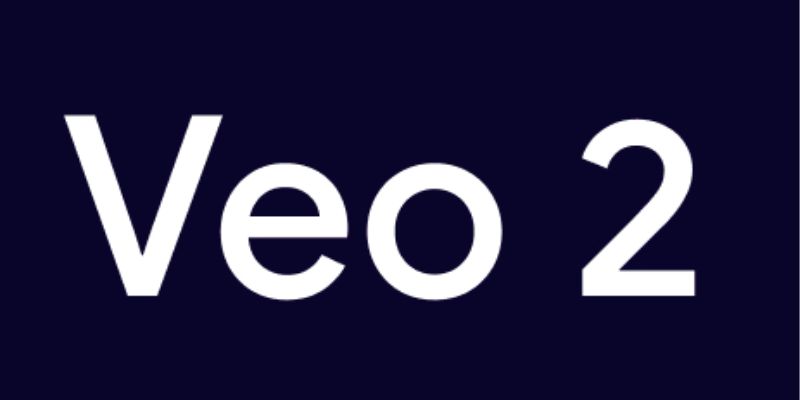
Google Veo 2 creates quite clear videos from text. It is superior in understanding timely details than previous models. Videos reveal constant motion, lighting, and camera angles. For different outputs, users can enter styles, including animated or cinematic ones. Additionally, supporting frame interpolation for seamless motion is Veo 2. It records time-based events more accurately than competing models. Examples abound in cloud movement, water ripples, and human walking. It also delivers remarkable color grading and high resolution.
It supports up to 1080p resolution, making it ideal for online distribution. The model can even generate little clips that replicate professional direction. Google claims Veo 2 learns licensed and public video data. It helps reduce unintended or inappropriate outputs. Veo 2's strength is in leveraging simple verbal cues to create striking images. Results are often close to real video content, even with few directions. For artists, it streamlines production without compromising tone or quality.
Veo 2 is strong, although moral questions still exist. Its capacity for video creation begs problems of abuse. Some worry it could be exploited to produce false or damaging material. Google says it included security, but specifics are still lacking. The model's capacity to replicate real-life occurrences facilitates deepfake production. Such characteristics call for close observation to stop the abuse. Another critical issue involves the composition of the training dataset.
If the data contain biased material, outputs could also show those prejudices. Google claims to run filtered data and feedback systems. Experts counter, though, more openness is required. Identity protection raises still another problem. Real-life-like videos could cause privacy and legal problems. The intention of the user determines most of the ethical use. Platforms featuring AI videos have to establish stricter policies. Without them, Veo 2 might be subject to the same criticism as other generative artificial intelligence systems. Growing AI video models make power balance with responsibility more crucial than ever.
Veo 2 walks into an expanding market for artificial intelligence video products. Direct rivals are models like Sora by OpenAI and Runway's Gen-2. Veo 2 responds far better than Gen-2 in motion. It presents fewer visual mistakes and better transitions. Veo 2 maintains forms unlike Sora, which sometimes suffers from object consistency. Users also say the lighting balance and texture rendering have improved. But Sora provides lengthier films. Right now, Veo 2 clips are short—usually less than thirty seconds.
Runway's interface also seems more friendly for beginners. Google's Veo 2 aims at more control-oriented professionals. The capacity of Veo 2 to follow thorough instructions is another benefit. Requesting "a sunrise over a desert in slow motion," for instance, yields breathtaking images. Still, Runway offers faster processing speeds. Veo 2 still has a lag in producing longer clips. Each tool has its advantages, but Veo 2 stands out for its realism and creative control. Its future success hinges on continual refinement and maintaining user trust.
Veo 2 will mostly help creators and directors in the movies. Its images mimic real-time footage, therefore saving expenses and time. Independent filmmakers can produce scenes without large crews or expensive equipment. It enables marketing firms to develop advertisements swiftly. Content producers on sites like YouTube or TikTok could also find it useful. Creators can produce engaging visual content without relying on traditional editing tools. Veo 2 supports noir, fantasy, and documentary as among the visual styles. This adaptability facilitates a cross-genre narrative. Its authenticity lets producers try concepts before actual filming.
Concepts and storyboards come to life with little work at all. Visual artists have free will to investigate fresh looks without cameras. Licensing and copyright usage are yet unknown, though. If generated videos closely resemble real footage, whose rights would they infringe? Google has to deal with these legal ambiguities. Still, Veo 2 could revolutionize content development processes. Reducing obstacles could allow visual storytelling to include many different voices.
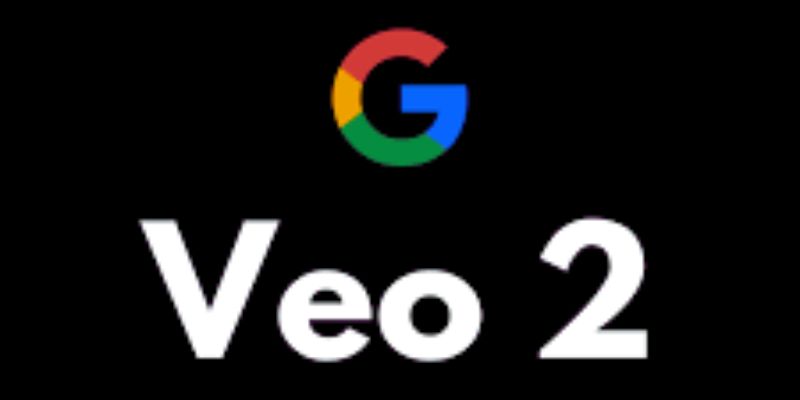
Not everyone can access Veo 2 without restriction yet. Google only grants access to a few chosen partners and artists. It says it is doing safety and feedback tests. This restricted deployment raises issues regarding openness. Critics contend that through community testing, open tools allow for faster progress. Still, limited access helps cut abuse. Google's measured approach reflects increasing demand for artificial intelligence model governance.
Regulatory authorities demand businesses to answer for artificial intelligence threats. Other measures include the EU AI Act, which seeks to standardize similar models. These world rules might influence Veo 2. Safety and performance of it will be under constant evaluation. Data privacy rules could also restrict the training and distribution of audiovisual material. Legal complications could arise if generated footage appears to depict real individuals. Google has to make sure the guardrails are solid. Trust in Veo 2 might erode without them. How Google manages global policy and AI responsibilities will determine long-term success.
Google's Veo 2 questions severe ethical issues while nonetheless generating advanced videos. It demonstrates how far AI has advanced in visual storytelling. Still, risks concerning legality, prejudice, and use loom big. Responsible use will become a crucial test as access grows. The long-term success of it depends on strong control and openness. Veo 2 is, for now, both a warning and a breakthrough. It reminds us of the double-edged character of artificial intelligence, even if it shows realism. Every conversation about its future still revolves around advanced video-generating tools and AI video model concerns.
Advertisement

Install and run ChatGPT on Windows using Edge, Chrome, or third-party apps for a native, browser-free experience.
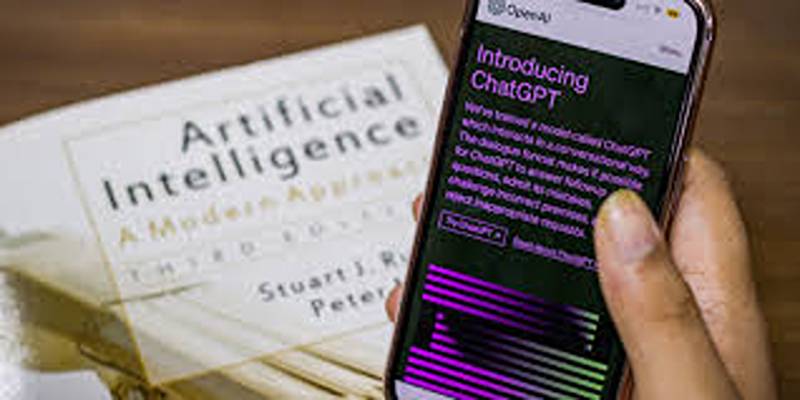
Discover the top features of the ChatGPT iOS app, including chat sync, voice input, and seamless mobile access.

Discover 8 AI tools every content writer should use to save time, improve quality, and streamline content creation tasks.
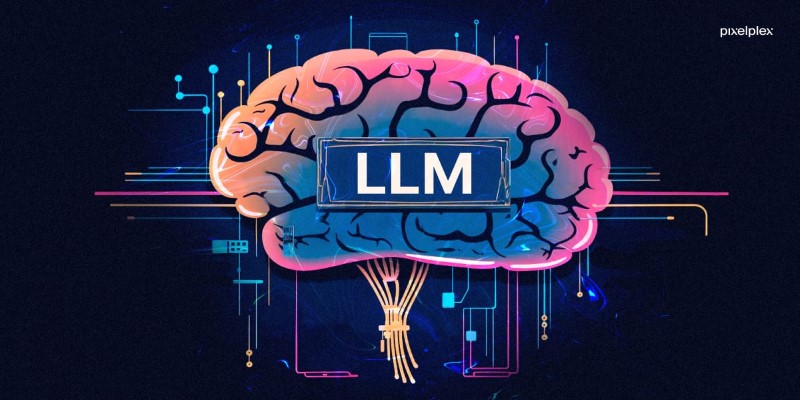
How are large language models (LLMs) transforming daily life? From customer service to content creation and legal research, discover 12 real-world uses of LLMs that improve efficiency
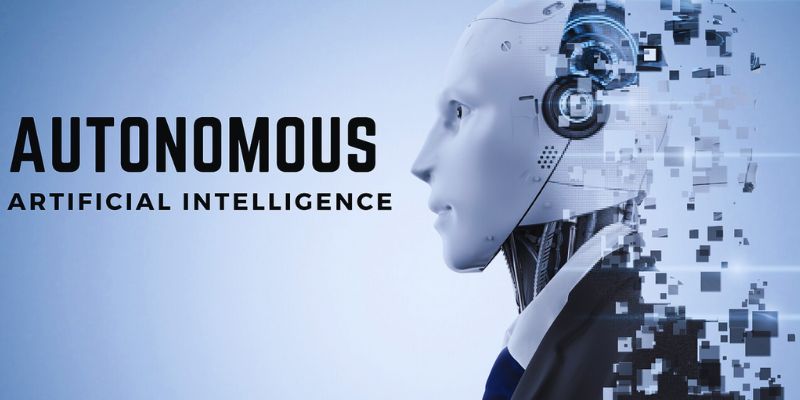
Autonomous AI is shaping the future due to its efficiency, cost-effectiveness, improved customer interactions, and strong memory
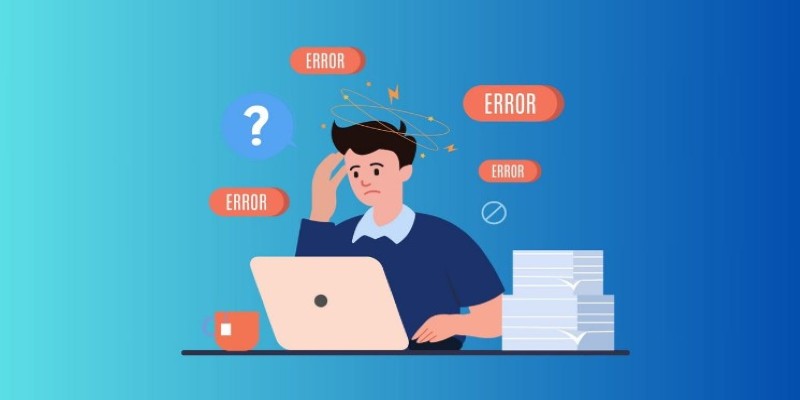
Snowflake’s text embedding models are revolutionizing data management by making machine learning accessible within SQL environments. Learn how these models are reshaping business operations

Discover how ChatGPT helps build efficient workflows by improving focus, automating tasks, and enhancing clarity.

Explore 5 free AI tools powered by ChatGPT that help you write better emails and summarize inbox content in seconds.

Learn how developers feel about AI’s growing role in software workflows and what changes they expect in daily coding.
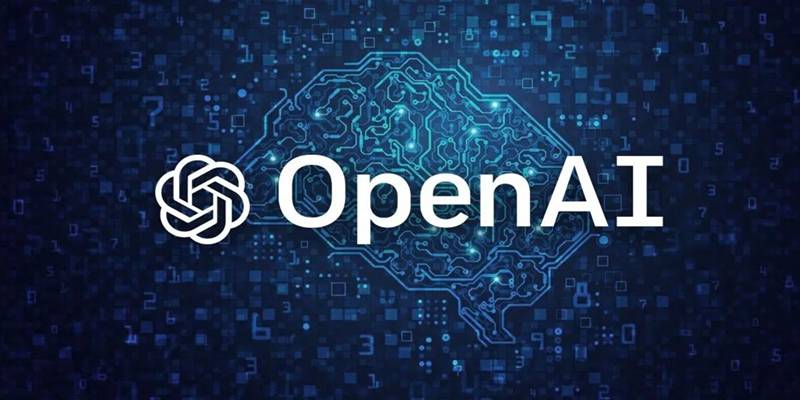
Explore OpenAI’s technologies, ethical AI practices, and their impact on education, innovation, and global AI development.

Want robots that understand natural language? Discover LeRobot by Hugging Face—an open-source library connecting AI models with real-world robotics systems
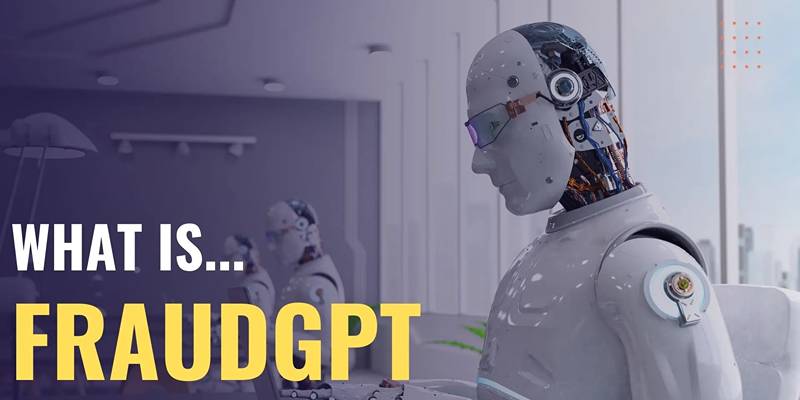
Learn why FraudGPT is a growing cyber threat and follow 10 essential steps to protect your personal and business data.